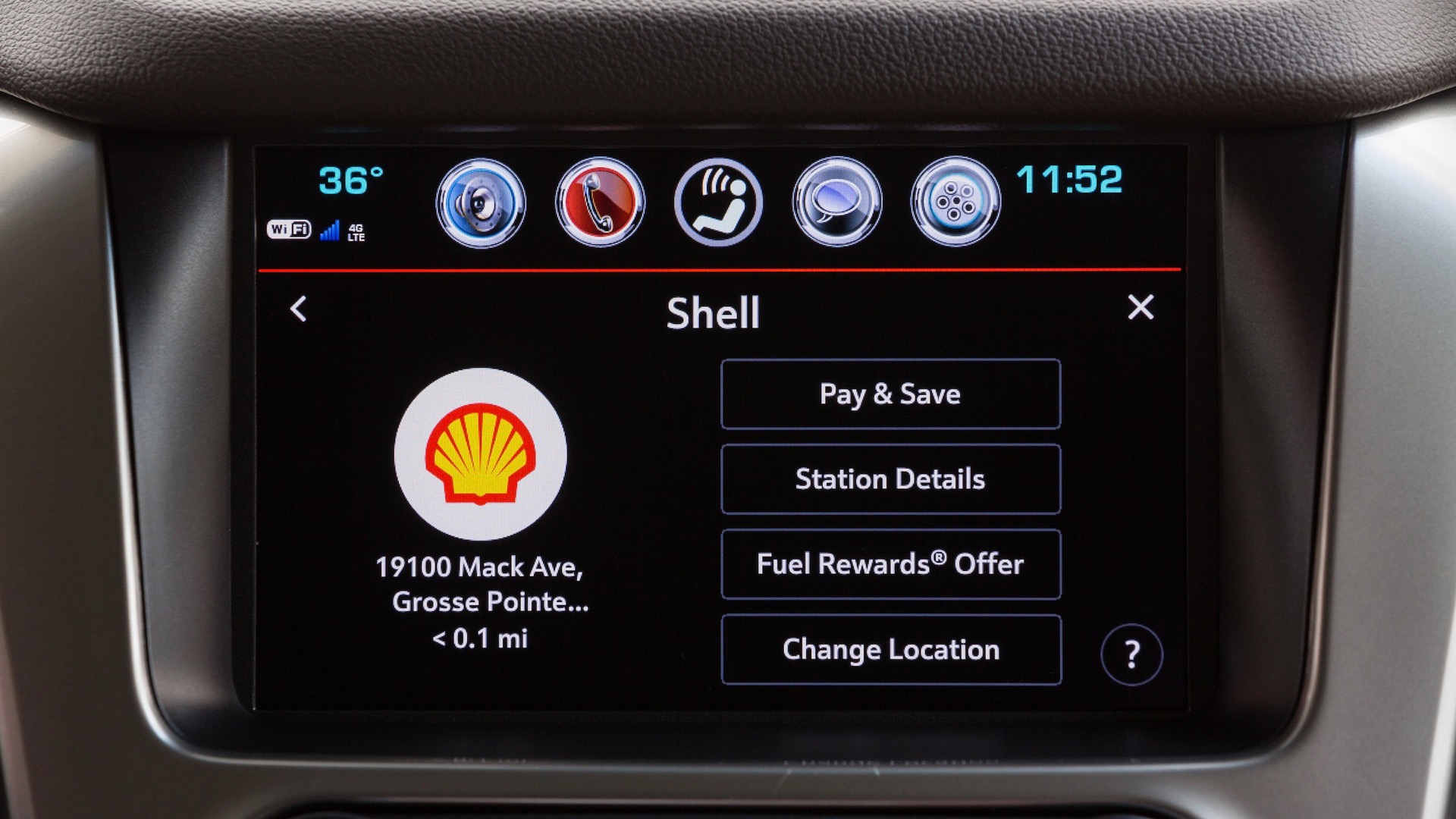

Although the concept of the connected car has been under development for years, it is still relatively new to the masses. It is also in a major state of flux as it figures out what it is going to become in the future and how to get there. What can we expect to see beyond the current state of location-sensitive advertising we see in Waze and other apps? To find out, we spoke with Lex ten Veen, CEO of Navads, a company specializing in managing and providing this type of data to Google Maps, Apple Maps, Waze, TomTom, and other navigation system providers.
The way he sees it, there are two major types of connected cars today. One is an in-dashboard system that simply mirrors the display of your preferred navigation app on your phone, such as Apple CarPlay, Android Auto, or Mirrorlink. The other type is a system built into your car, such as the controversial GM Marketplace that lets you pay for gas or order coffee through your infotainment system.
Many believe both types of systems can co-exist. Indeed, more and more infotainment systems are offering Apple CarPlay and/or Android Auto capabilities in addition to whatever built-in systems they already have. However, ten Veen thinks the days of the built-in systems are numbered because the life cycle of a phone is significantly shorter than that of a car.
Most people swap out their phone every two or three years. But in Europe, where ten Veen is based, people swap out their cars every 8.6 years. In the U.S. this is closer to 6.5 years according to CNBC, but the point remains true that people replace their phones much faster than their cars, which leaves the technology built into your car’s infotainment system hopelessly behind. Additionally, since cars also take much longer to design, some infotainment systems can be outdated even before the models containing them come out. Navads’ CEO ten Veen calls this “change at the speed of metal corrosion.” Look at any car’s built-in navigation system that’s more than a few years old to see this for yourself.
As a result, ten Veen thinks the best move for manufacturers is to use Apple CarPlay and Android Auto to keep up with the times. Not only does smartphone hardware evolve more quickly, their software evolves even faster than that. For example, Apple’s upcoming iOS 12 will finally introduce CarPlay support for third-party apps
reports 9 To 5 Mac. This means you will be able to run non-Apple apps like Waze and Google Maps through CarPlay using iPhones that people already own. This, in itself, could be a game changer in the world of infotainment.
But auto manufacturers are fighting back against reliance on Apple CarPlay and Android Auto. GM Marketplace is one example of this. In the past, 90 percent of what you spent on a car was the initial purchase, with the remaining 10 percent on services. But as cars become more and more connected, more online services will be available through them. This also means more of an ongoing revenue stream for the manufacturer, who you would pay monthly for these services rather than just spending the extra money on a better infotainment system during the initial purchase.
Some have criticized these systems for being too distracting to use while driving. But as cars evolve to a stage of autonomy where the driver doesn’t have to pay attention to driving, the game changes. Rather than engaging with the steering wheel with its manufacturer logo staring you in the face, you may use the infotainment system even more often. Shopping online or watching movies could become a common activity while driving since the car would be doing the driving for you. As a result, auto manufacturers want their brand to be front and center, like a steering wheel, rather than Apple or Google. But to keep up with Apple and Google, manufacturers need to accelerate their product cycles, at least for infotainment systems, to match the rapid pace of the competition—and they recognize that these technology companies are their competition in this case.